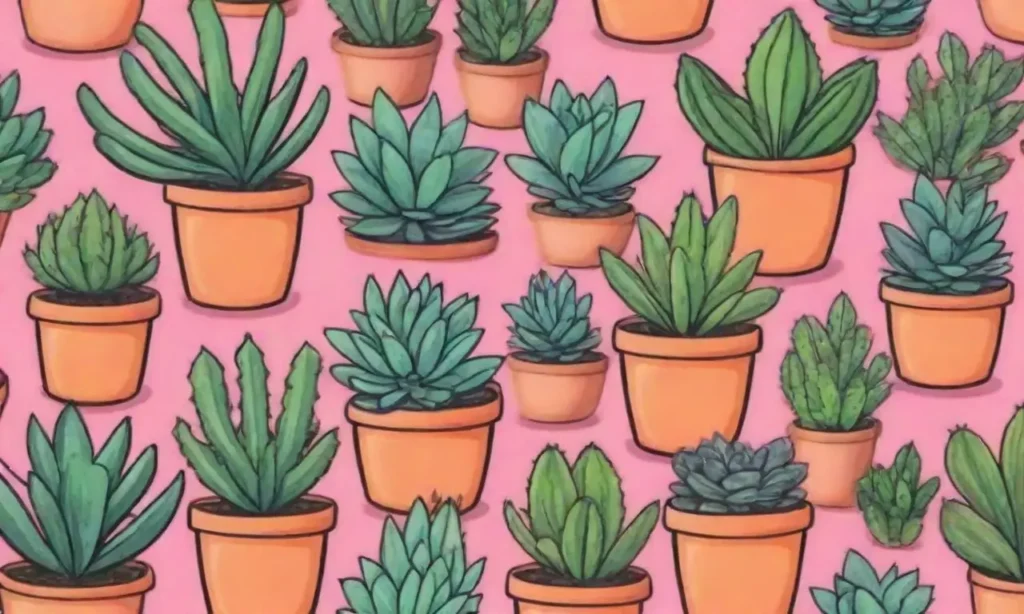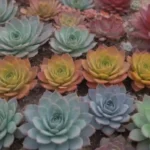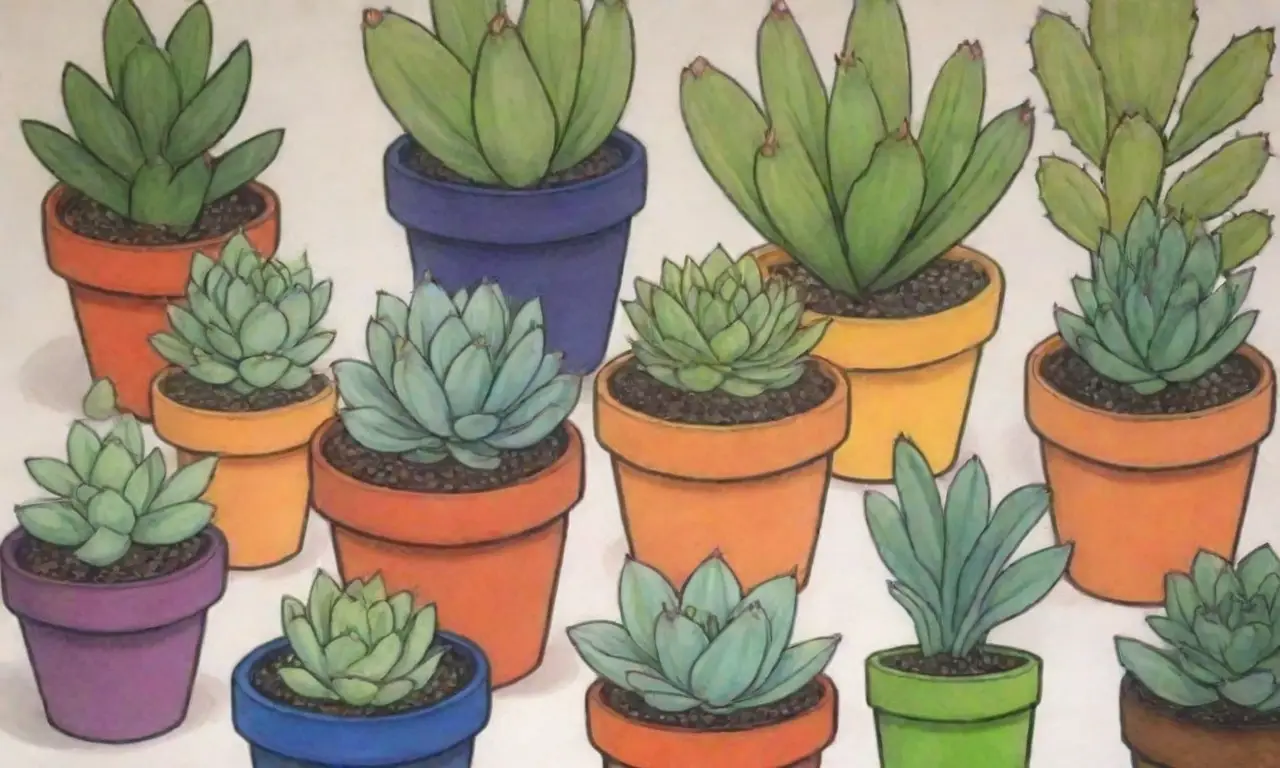Sustainable Gardening for Beginners: Starting with Succulents

Introduction
Sustainable gardening is an eco-friendly approach that emphasizes minimal waste and the use of resources in a responsible way. This gardening technique not only helps in preserving the environment but also promotes a self-sufficient lifestyle that can lead to healthier gardens and communities. For beginners, choosing the right plants to start with is crucial, and succulents offer a great introduction. These hardy plants are low-maintenance and ideal for those looking to ease into the world of gardening while still cultivating an environmentally friendly practice.
This article will guide you through the essentials of sustainable gardening, with a specific focus on starting with succulents. We will explore the best practices for sustainable gardening, delve into the unique characteristics of succulents, and provide ample tips to ensure your gardening journey is both enjoyable and beneficial for the environment.
Understanding Sustainable Gardening
Sustainable gardening is a practice that integrates techniques leading to environmental conservation and preservation of resources. It encompasses different methods aimed at creating a self-sustaining ecosystem within gardens, ensuring that the activities performed do not harm the Earth but instead contribute positively to its health. The idea behind sustainable gardening is to work with natural processes, reduce waste, and promote biodiversity.
One of the critical components of sustainable gardening is the use of organic practices. This involves avoiding synthetic fertilizers, pesticides, and herbicides that can lead to soil degradation and toxic run-offs into waterways. Instead, sustainable gardeners often utilize composting, which transforms kitchen scraps and yard waste into nutrient-rich soil amendments, thereby enriching the health of their gardens and minimizing the amount of waste that ends up in landfills.
Additionally, sustainable gardening emphasizes the cultivation of native plants. Native plants are adapted to local soil conditions, climate, and pests, making them easier to maintain and more resilient. When planted in gardens, native species can support local wildlife, including insects, birds, and other pollinators, thereby enhancing the garden's ecosystem and promoting a natural balance within it.
Why Choose Succulents for Sustainable Gardening?
Succulents are the perfect starting point for anyone interested in getting into sustainable gardening. These plants are unique due to their water-storing capabilities, which allow them to thrive in arid conditions with minimal care. This means they require less water and help in conserving this precious resource. With their diverse shapes, colors, and sizes, succulents also provide varied aesthetic options to brighten up any space.
Another noteworthy benefit of succulents is their resilience. Many succulent species are dormant during the hottest summer months, receiving no water, and coming alive again with the cooler fall temperatures. This innate characteristic makes them incredibly suitable for individuals who may forget to water their plants frequently or those who may have a busy lifestyle. As they require very little care, succulents can thrive in low-maintenance gardens, which is an attractive feature for beginners.
 Understanding Succulent Adaptations for Climate Resilience
Understanding Succulent Adaptations for Climate ResilienceMoreover, succulents can easily be propagated, meaning that from a single plant, you can create multiple new plants. This self-sufficiency aligns perfectly with the principles of sustainable gardening. By propagating your own plants, you reduce the need for purchasing more plants, consequently minimizing your environmental footprint and promoting a cycle of reuse and regeneration in your gardening practices.
Getting Started with Succulents

Choosing the Right Succulents
When starting your succulent garden, it is important to choose plants that fit your environment and personal preferences. A good starting point is to visit a local nursery or gardening center, where you can ask for advice from knowledgeable staff about native varieties that are suitable for your climate. Echeveria, Aloe Vera, Haworthia, and Sedum are just a few examples of readily available succulents that can adapt well to various conditions.
It’s also essential to understand that different succulents have varying light requirements. Some, such as Jade plants, thrive in bright, direct sunlight, while others, like Zebra plants (Haworthia), prefer indirect light. Ensure that you take into consideration the amount of light your chosen location can offer. The more you know about the specific needs of each plant, the better chance they have to flourish.
Affordable options are plentiful when it comes to succulent gardening. If you are on a budget, consider asking friends or family for cuttings of their succulents. Many people are willing to share their plants, and this gesture can also foster a sense of community as you bond over the joys of gardening.
Soil and Pots for Succulents
Succulents require well-draining soil to thrive, as they are highly prone to rot if kept in overly moisture-retaining media. For this reason, it’s recommended to utilize a specialized cactus and succulent soil mix that permits excellent drainage. If you prefer to make your own mix, combining regular potting soil with sand or perlite at a ratio of 2:1 can lead to effective results.
Choosing the right pot is also significant in your succulents' journey. Make sure to select pots that have drainage holes at the bottom, allowing excess water to escape, thereby preventing the roots from sitting in water. Clay pots are a popular choice as they tend to absorb moisture quickly, providing a breathable environment for the roots.
 Creating Harmony Between Succulents and Local Wildlife in Gardens
Creating Harmony Between Succulents and Local Wildlife in GardensConsider the concept of upcycling when selecting pots. Old dishware, tin cans, or even wooden crates can be transformed into unique and eco-friendly planters. This not only adds character to your garden but also reduces waste by extending the life cycle of materials that might otherwise be discarded.
Watering and Care
One key aspect of caring for succulents is understanding their watering needs. Unlike many conventional plants, succulents can often go several weeks without water. For optimal health, you can follow the ‘soak and dry’ method. This means providing a thorough soaking of the soil until water drains from the pot's bottom, and then allowing the soil to dry out completely before the next watering session. This technique mimics the conditions of succulents' natural environments and helps to establish a strong root system.
Sunlight is another important factor in caring for succulents. Most varieties prefer bright, indirect light, but some can handle direct sunlight. Keeping them in an ideal spot by rotating your pots and tracking their growth will allow you to adapt their placement as needed.
You should also be watchful for pests, which can occasionally invade your plants. Common pests like mealybugs and aphids may find their way onto your succulents. If a pest infestation occurs, you can usually combat the issue by gently cleaning the leaves with a damp cloth or using an organic insecticidal soap to treat the infestation. Regularly inspecting your plants can help you catch and manage issues early.
Conclusion
Sustainable gardening is not only rewarding but also essential in promoting a healthier planet. By starting your gardening journey with succulents, beginners can appreciate the beauty and resilience these plants offer while practicing valuable eco-friendly techniques. Succulents require minimal care and are forgiving, making them the perfect introduction for those new to gardening.
By adopting an approach to gardening that emphasizes sustainability, you can contribute positively to your environment while enjoying the therapeutic benefits of working with plants. Remember to choose the right varieties, utilize eco-friendly practices, and engage with your local gardening community. In doing so, you not only thrive as a gardener but also impart the vital principles of sustainability to those around you.
Your journey into the world of succulents and sustainable gardening awaits! By starting small and nurturing these unique plants, you can expand your green space while encouraging biodiversity and ecological balance in your own backyard. Happy gardening!
 Unique Ways to Incorporate Succulents into Your Home Decor
Unique Ways to Incorporate Succulents into Your Home DecorIf you want to read more articles similar to Sustainable Gardening for Beginners: Starting with Succulents, you can visit the Sustainable gardening category.
